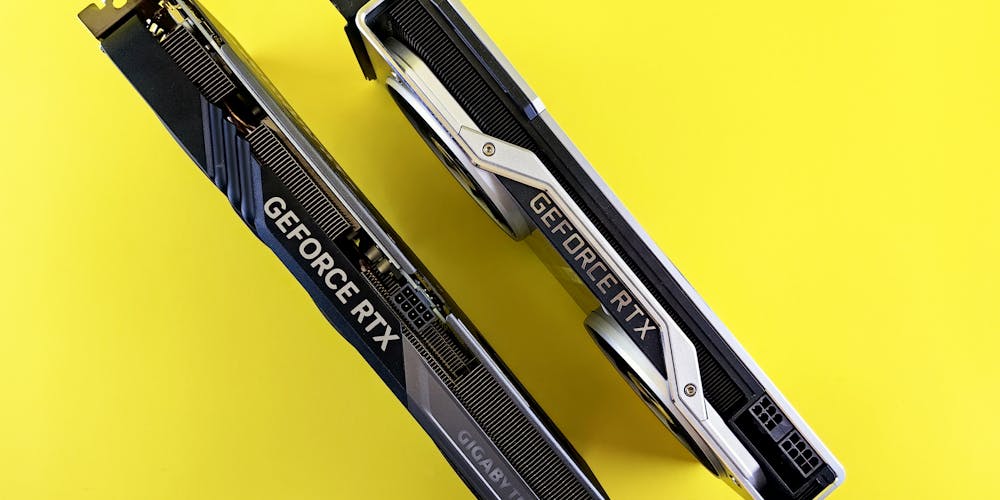The Nvidia GeForce RTX 5090 arrives as a beacon on the horizon for gamers and tech enthusiasts, laden with the promise of transforming gaming graphics. Its speculated specifications are a siren song for those who chase the bleeding edge of performance. The reputed leaker, Kopite7kimi, suggests that the RTX 5090 could feature a remarkable 512-bit memory bus, a sizable jump from the RTX 4090’s data pathways’ width. Such an expansion would not only quicken the memory bandwidth, but could potentially surge the VRAM capacity to an unprecedented 32GB. If these whispers turn into truth, the RTX 5090 would be not just a step, but a stride ahead of its older kin, offering a tempestuous pool of resources for game developers to dip into.
Reports suggest that alongside the wider memory bus, the RTX 5090 might boast 28Gbps GDDR7 memory—propelling data at velocities that exceed the RTX 4090 by a significant margin. These numbers scribble a story of a GPU with bandwidth at a sky-high estimate of 1,800 GB/s, a 77% eruption from its predecessor. If veritable, such specs could arc the trajectory of gaming graphics into a new stratosphere, enabling more detailed and vast game worlds, more complex simulations, and an overall leap in what we see and experience in virtual spaces.
Competitive Dynamics
Before its release, the Nvidia RTX 5090 is already receiving praise, despite being equipped with slower 32Gbps GDDR7 memory than possible, seemingly a strategic move by Nvidia to balance cost and peak performance. This restraint indicates the RTX 5090’s potential to be a front-runner in the graphics card market. Should Nvidia launch a ‘Super’ version, it could unlock even more power from the RTX 5090, pushing graphical boundaries further.
However, Nvidia isn’t alone in the race. AMD, with its upcoming RDNA 4 graphics cards, is poised to contest Nvidia’s reign, particularly in the mid-range category. AMD’s readiness to potentially outpace Nvidia before the RTX 5000-series launch signals a competitive duel ahead. This rivalry heralds an exciting time for the graphics industry as technology powerhouses vie to elevate our virtual experiences, marking a potential historic shift in gaming graphics technology.

